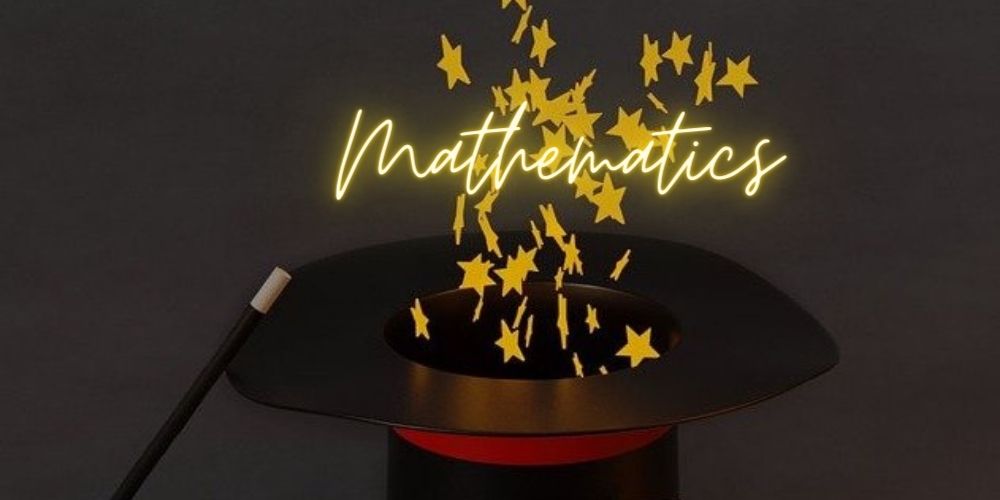“These tricks mystify numbers and other ideas of Mathematics – while the goal of learning Math should be to demystify them. Math learning is not about watching a magic show – it is about understanding the secrets behind the show.”

As a child, I was exposed to several religious rituals – involving most daily aspects of life. They mostly involved many do’s and don’ts and certain sequences of gestures and chants. Some of these routines were quite elaborate and even the adults who guided children on them could not clearly explain the rationale behind them. My memories of them are still colored by mystery and magic. I also discovered that this was the case with most of my friends who followed other religions too. I think of those routines when I hear people talking about tips and tricks for learning things – especially Mathematics.
Math tricks are the favorites of all – students, parents, teachers, the boards, enrichment centers, content providers and everyone else. But to what extent do they help you with the core objectives of learning Math? How much do they align with the philosophy of Math?
‘Divisibility tests’ form a popular category of Math tricks. They predict if a given number is divisible by smaller numbers. Starting with the simple tests for 2, 5 and 10, the rules get complicated with 3 and 9 and become far less intuitive as they get to 7, 11 and13. From my experience, students are rarely taught as to why these rules work. Many of the teachers have not thought about them either. Often they become prescriptions like “remove the last digit, multiply it by 2, subtract from the remaining digits, check the result” etc. (At this point, some Harry Potter fans may even hear “Wingardium Leviosa“).
Now how could you approach this differently? You can see that all the divisibility tests work on a basic principle that subtracting any multiple of the divisor form the original number does not alter the divisibility. That is, if a number N is divisible by d, then (N-md) is also divisible by d (N, m and d being integers). The secret is to find an appropriate (N-md) by looking at the digits of N. (If you didn’t know, all the popular divisibility tests can be shown to follow this principle). Once children understand this idea through examples, they could be allowed to explore further and come up with their own tests for various numbers. My experience is that, when you get them here, the children get really excited and always come up with some new ones. With this approach, the children not only remembers the tests, but also understand why they work and often have their own ones.
(You could go a step further by representing the numbers in different bases and see how divisibility can be predicted – I know this sounds advanced, but you would be surprised!).
Similar is the case with most of other Math tricks as well – like the ones for fractions, square and cube roots, simultaneous equations, trigonometry and so on.
I guess it is the element of magic that makes Math tricks so popular. Teachers get the full attention from the students and the students love the surprise. Students can just remember the steps of the magic and solve mundane tasks quickly. So far so good. But the problem is that in most cases, the learning seem to start and stop with this. Most of the classes do not discuss the idea behind the tricks. The exam questions are designed so that the students who manage to remember the tricks correctly, get rewarded. I have seen that, many times they get confused between the rules, the steps and and the sequences.

These tricks mystify numbers and the other similar ideas of Mathematics – while the goal of studying Math should be to demystify them. Learning is not about watching a magic show – it is about understanding the secrets behind the show. These tricks, as they are used, are the antithesis of Mathematics.
So can you ever use these tricks in learning? Of course, you can. To use a metaphor from the book (and movie) ‘The Prestige’, these tricks can be the Turn – but not the Prestige. The third act (the Prestige, as the author calls it), cannot be just paraded in front of the students’ eyes – the children themselves have to unveil it in their own minds.
Sankar is the founder and CEO of Silver Pi.
He had worked in Banking and Technology for about three decades before switching to Education. He is an Electrical Engineer by training, with a career in Technology and Banking across Japan, USA, Singapore and India.


5 comments